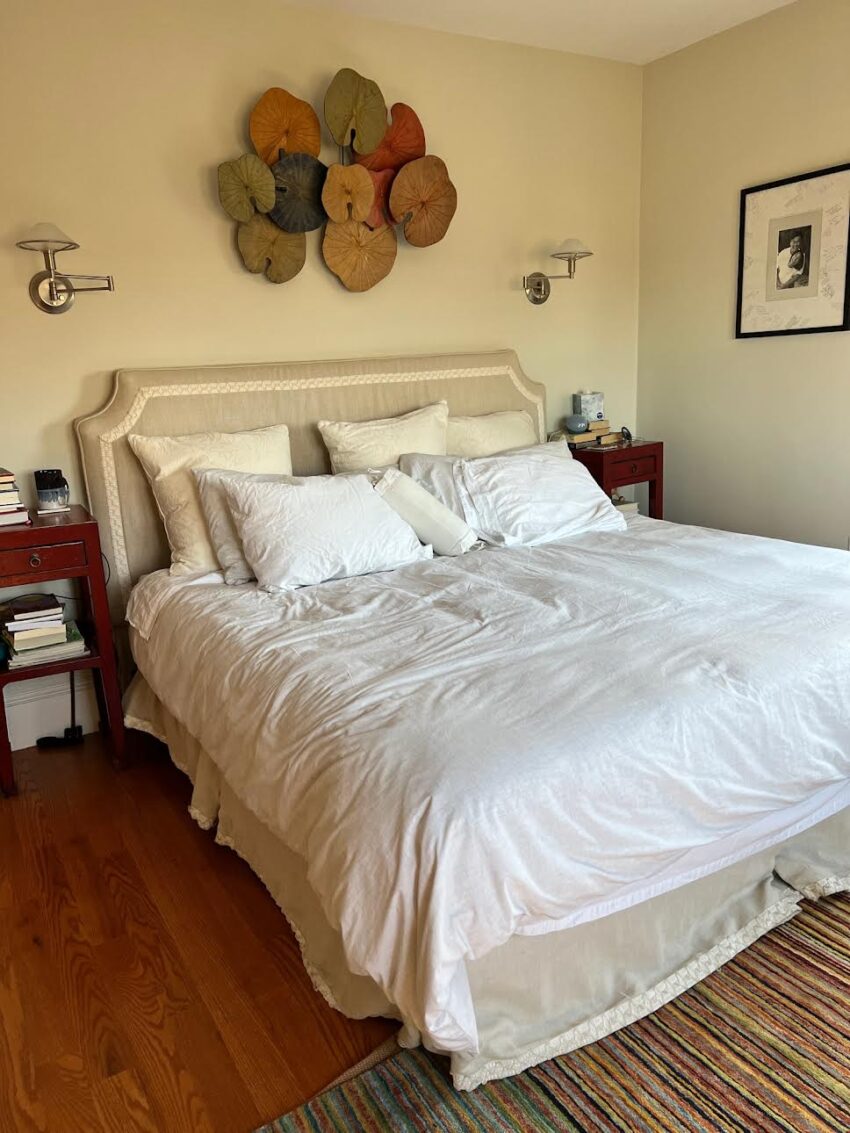What is minimalism? On the surface, it may seem like this practice boils down to “own less stuff.” However, it goes well beyond avoiding wanton consumerism, involving a mindset shift. Instead of filling your life with random objects, you make room only for those that spark joy, in the words of organizing legend Marie Kondo.
Embracing this mindset can simplify your life and improve your mental health. How can you get started on your journey? Here are five ways to embrace minimalism in your home.
1. Do a Thorough Decluttering
Maybe you do a once-yearly closet cleaning. However, embracing minimalism in your home requires a more discerning eye. First of all, give yourself the gift of time. Make a schedule for each room — don’t try to tackle everything in one day. Then, gather a few containers to make sorting easier as you go along.
For a whole-house deep decluttering, you’ll need a dedicated space to sort items into five piles, depending on their destination:
- Keep: Although this category seems simplest, it’s the hardest to complete. Keep practical items like cooking utensils and frequently worn clothing. Get discriminating with the rest, maintaining only those objects that have special meaning to you.
- Give: This category consists of family heirlooms you don’t want in your house but hope to pass on to others — why wait? Do so now whenever possible or consider storage for bulky items that clutter your space.
- Donate: These items are in good enough shape to go to charity. Keep your receipts — you can write off the value on your taxes.
- Sell: Yard sales can be a lot of work for little money. However, it may be worth listing items like old game consoles on eBay or taking them to the pawn shop if you’re strapped for cash.
- Toss: Finally, anything you can’t repurpose goes in the recycling bin.
It might take you a month or more to complete each room in your home. Be patient and remind yourself that the final result will be more than worth the work and temporary disruption in your lifestyle.
2. Embrace One-In-One-Out Living
Once you have your home decluttered, it’s time to keep it that way. This step sounds easier than it is — after all, who hasn’t oohed and aahed over a shiny trinket in a shop window, bringing it home thinking, “Just this once?”
Your solution? Embrace one-in, one-out living. The basic premise is that each time you purchase something new, you donate, sell or recycle something else.
Start by taking a household inventory. It’s wise to prepare such a document to keep track of your belongings for insurance purposes should a fire or natural disaster strike.
Pro-tip: Although many inventories stick to big-ticket items, why not prepare a running list of those items you frequently replace, like paper towels, household cleaners, and various condiments, while you survey your cache? You can keep a running list on the fridge, checking off items you need so that you make fewer trips to the store to snag things you forgot.
3. Practice Mindful Shopping
What is mindful shopping? The term “mindfulness” refers to a moment-by-moment awareness of your feelings, thoughts, internal sensations, and external environment. You can embrace the principles of this practice by asking yourself the following questions while at the store:
- How am I feeling, and how is it influencing my shopping behavior? You probably know that you shouldn’t go grocery shopping while hungry. Do you often engage in “retail therapy” when stressed or angry?
- What purpose will this purchase serve? Does this ingredient or meal offer nutritional benefits? Do I need it to perform a daily task? Does it fulfill an emotional need I have?
- Is it worth the opportunity cost? Remember high school economics? Most mere mortals have a limited money supply, and buying one thing means going without another. Is it worth the sacrifice?
4. Organize Your Keepsakes
Even the most dedicated minimalists keep some mementos of past travels and important life milestones. Leaving these to decay in drawers or lie scattered about your home doesn’t pay them the reverence they have earned — after all, you decided they deserved a coveted place on your keep list.
Therefore, organize your memorabilia. Create scrapbooks, shadow boxes, and picture walls. Show your most precious possessions honor by displaying them proudly in an artistic, creative, and aesthetically pleasing manner.
5. Communicate Your Commitment
You might fully embrace the minimalist mindset. However, what can you do when your siblings plan a surprise birthday party or the holidays roll around, and you find yourself suddenly showered with mountains of stuff?
The best way to avoid hurt feelings is to communicate your new habits and lifestyle. It’s not enough to extol the virtues of minimalism once or twice at dinner or show off your clutter-free home. As big gift-giving days approach, gently remind folks that you don’t want wrapped boxes and offer them an alternative, such as an experience that makes memories together or a donation to charity in your name.
How to Embrace Minimalism in Your Home
Minimalism entails far more than owning less stuff. It’s a mindset that believes material possessions aren’t the road to happiness. Embracing it can improve your mental health while simplifying your life.
Follow the above guide to embrace minimalism in your home. You’ll enjoy a cleaner living space and more freedom to focus on those things that truly spark joy.
p.s. Related posts:
Top 10 Tips to Organize Children’s Artwork
Organizing Your Home to be On the Go
Setting Up a Space Conducive to Learning at Home
Designing the Perfect Kid’s Room
How To: Organize by Creating a “Home Bible” Directory
Thank you for including me! 11 Best Mom Blogs That Will Inspire You In 2022
To examine any book more closely at Indiebound or Amazon, please click on image of book.
As an Amazon and IndieBound Associate, I earn from qualifying purchases.
My books:
Food for the Future: Sustainable Farms Around the World
- Junior Library Guild Gold selection
- Selected as one of 100 Outstanding Picture Books of 2023 by dPICTUS and featured at the Bologna Children’s Book Fair
- Starred review from School Library Journal
- Chicago Library’s Best of the Best
- Imagination Soup’s 35 Best Nonfiction Books of 2023 for Kids
Amazon / Barefoot Books / Signed or Inscribed by Me











